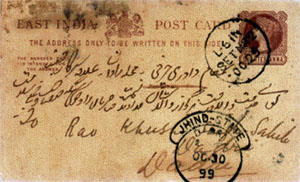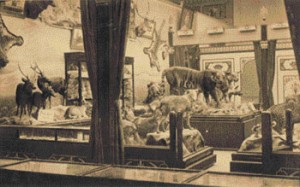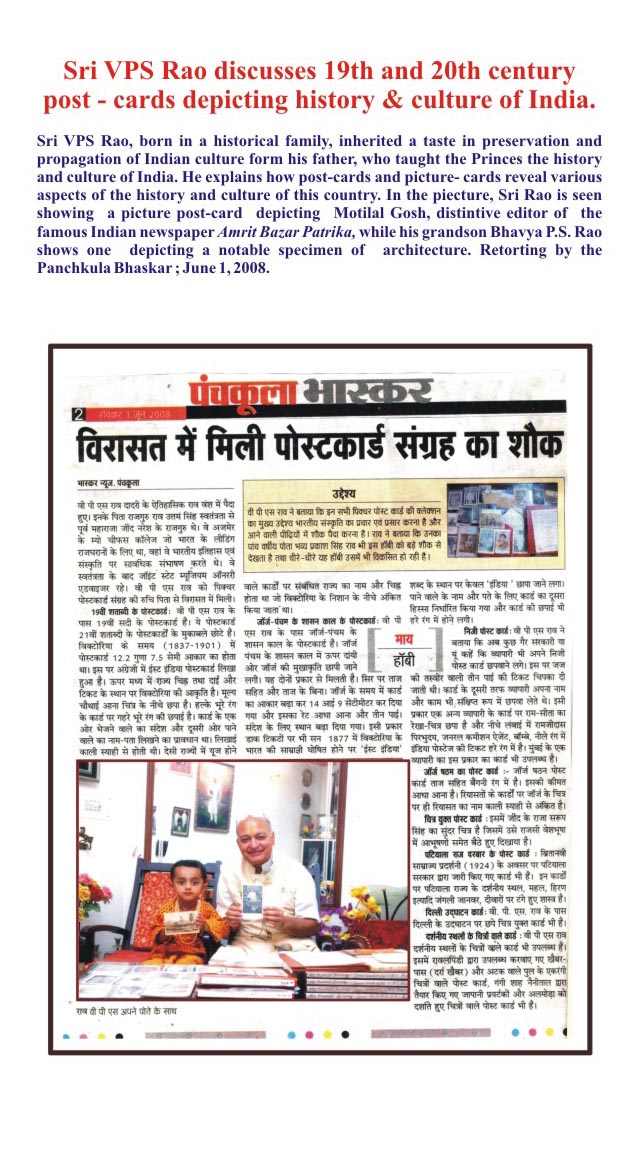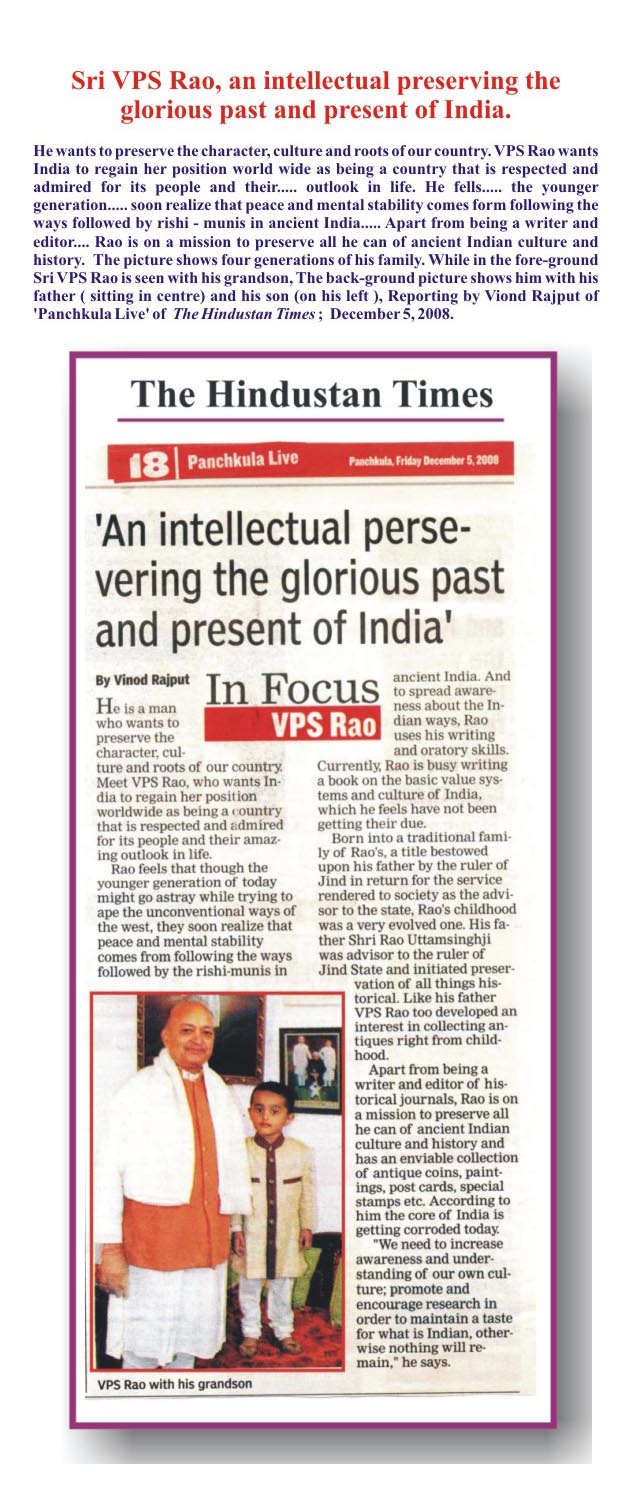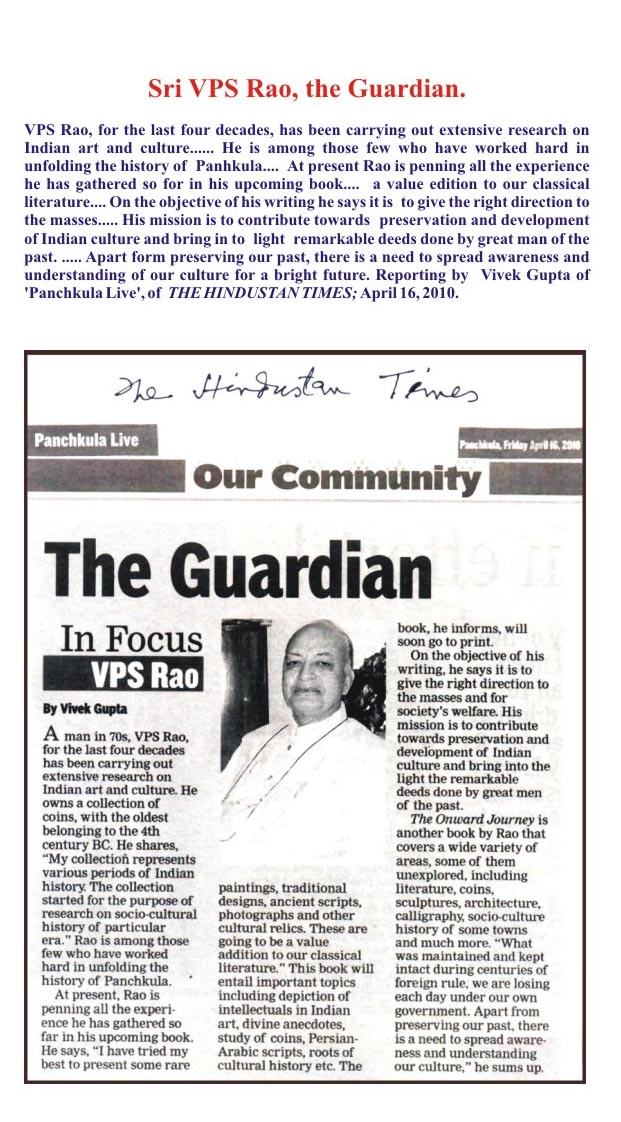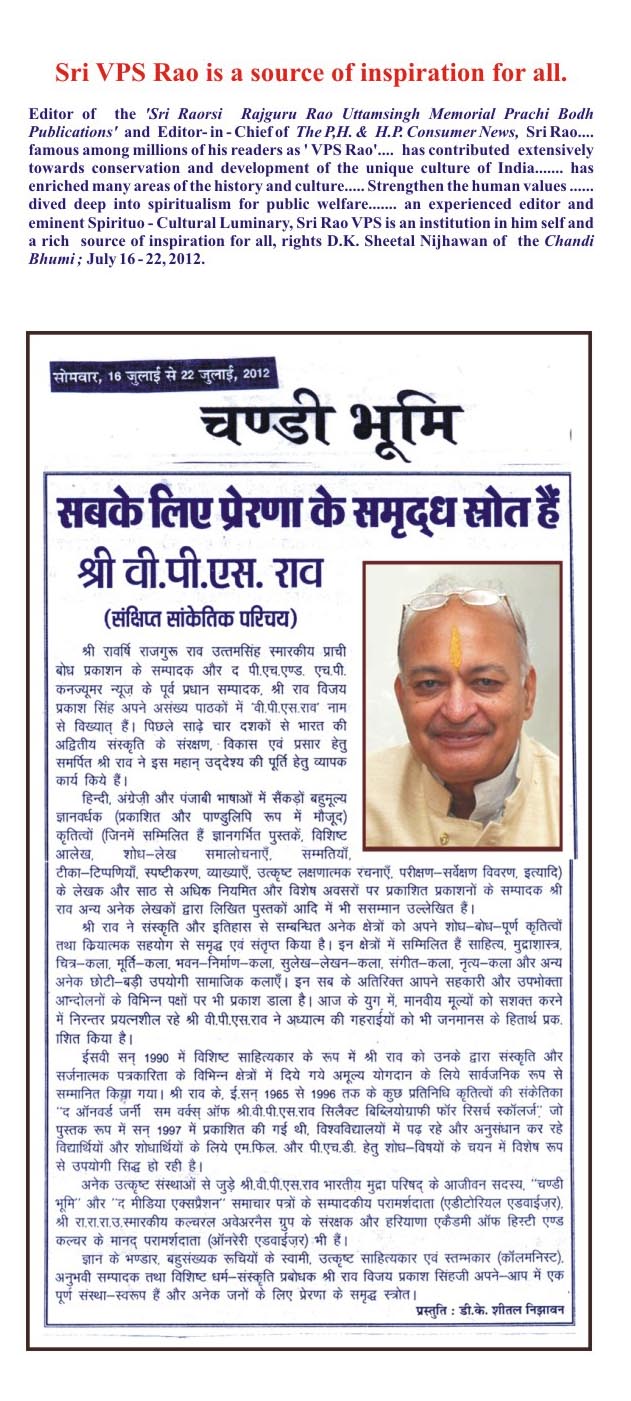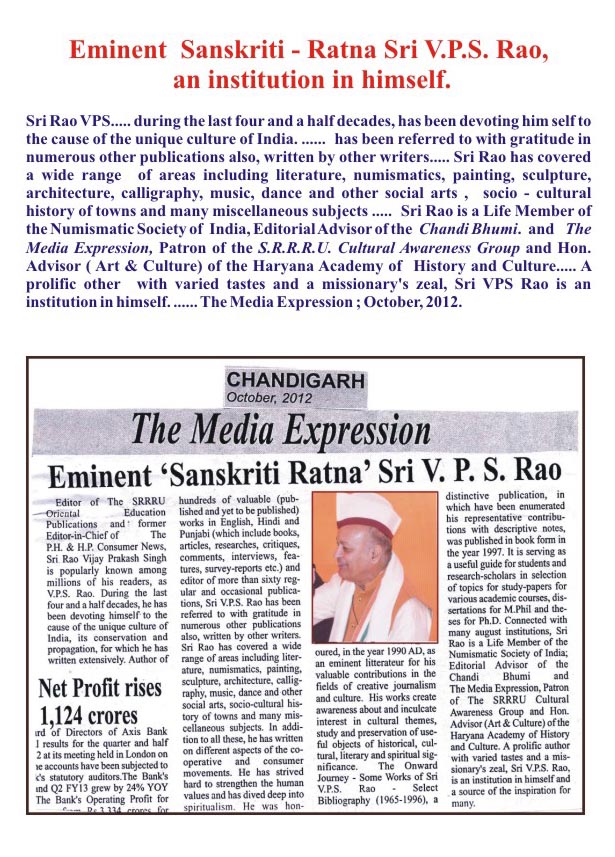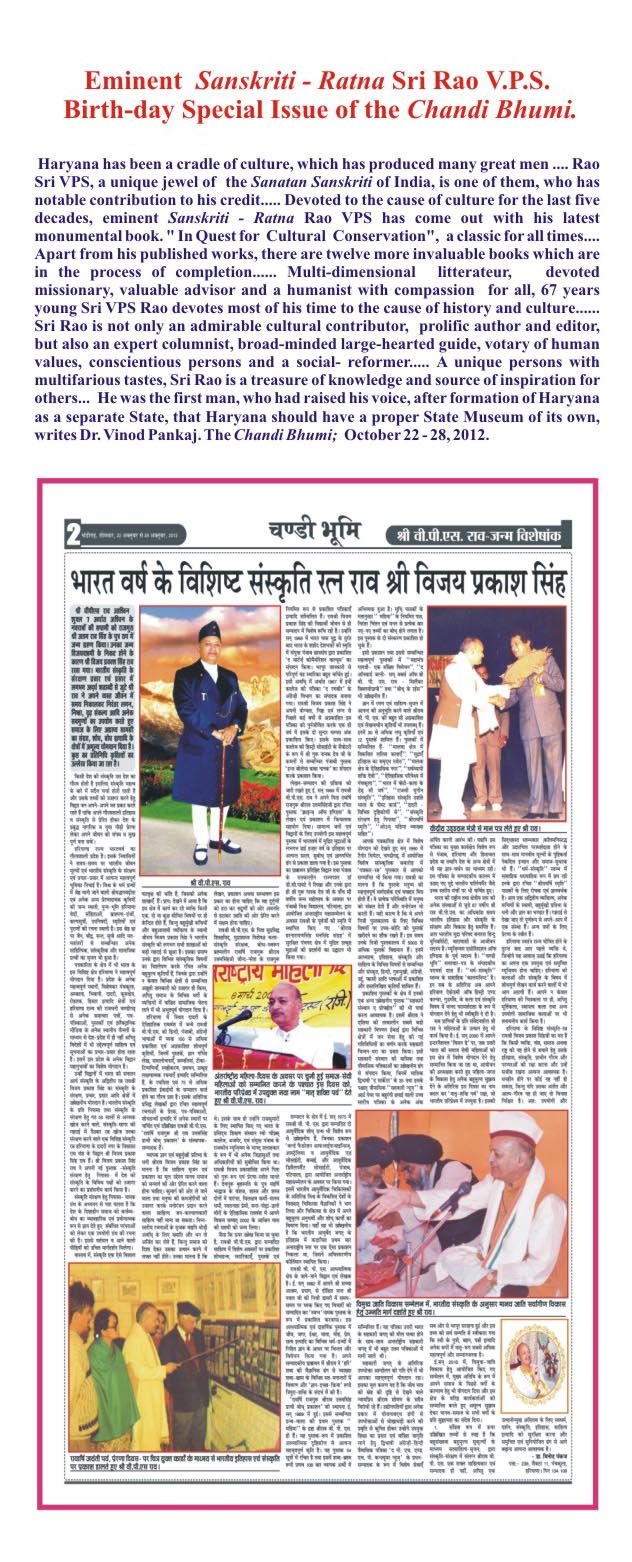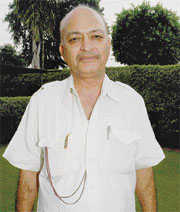
His passion to preserve the history of Indian postal service began with a jolt. He was in his ancestral village of Dadri in Haryana way back in 1965 when an earthquake destroyed a major portion of his house. While rummaging through the goods displaced he came across a postcard that belonged to the year 1899 with East-India Post Card written over it. It was addressed to Rao Khushi Singh, a member of V.P.S. Rao’s family. This 12.2 by 7.5 cm post card which was sold for a quarter anna that time hooked his interest, leading him to search for many rare ones in the years to follow.
V.P.S. Rao
A Victorian period post card
His passion to preserve the history of Indian postal service began with a jolt. He was in his ancestral village of Dadri in Haryana way back in 1965 when an earthquake destroyed a major portion of his house. While rummaging through the goods displaced he came across a postcard that belonged to the year 1899 with East-India Post Card written over it. It was addressed to Rao Khushi Singh, a member of V.P.S. Rao’s family. This 12.2 by 7.5 cm post card which was sold for a quarter anna that time hooked his interest, leading him to search for many rare ones in the years to follow.
His illustrious family (his father Rajguru Rao Uttamsingh was a royal tutor in the erstwhile Jind Estate) heritage helped him to start, like a postcard written by Mirza Ghalib to his grandfather’s brother Rao Kanhaya Lal. And after years of toiling hard and spending harder, he has amassed enough rare ones, not just to hold an exhibition but also to write a book on the history of postage in India.
His systematically organised albums of post cards can be a treasure for any student of history. As we flip through it, it takes us to the time of Queen Victoria and George V, when post cards used to come as East-India Post Cards with the size of 12.2 X 7.5 cm bearing a main stamp of the king or the queen and another of the erstwhile royal estates. The simple yellow cards gets a little more meaningful at the advent of picture postcards, renamed as Tuick’s Post Card, in the early 19th century. The size too gets a little bigger 14 X 9 cm with pictures like Raja Sarup Singh of Jind, Trinity College or even Khybar Pass showing a camel convoy finding place. Closer home, Patiala seems to be benefitting the most from Rao’s passion. Not only has he collected some rare ones showing the old fort and its stuff animals, but also the kings and queens of England and Roumalia in the court of Maharaja Bhupinder Singh.
A Tucks post card of stuffed wild animals
His collection on the freedom fighters is awesome too. Apart from well-known figures like Anne Besant, Mahatma Gandhi with Kasturba, Rabindranath Tagore and Sarojini Naidu, Rao has a postcard signed by Bal Gangadhar Tilak too. But his pride and joy is a postcard featuring Motilal Ghose, editor of Amrit Bazar Patrika, about whom he has several anecdotes to narrate.
“The entire collection is an important part of my endeavour to preserve the cultural heritage of the land that falls between Yamuna and Satluj,” says Rao, the former editor-in-chief of The Punjab, Haryana and Himachal Pradesh Consumer News who has o edited many volumes on diverse subjects.
His collection is now going to be part of a series of books he is writing on the preservation of cultural heritage — painting, sculpture, architecture, calligraphy, music, dance and other art forms. “As a descendant of the Dadri Rao family, I owe this to my people and my place — to fill up the mental, moral and spiritual bankruptcy we are going through,” he avers. A man of few words, but many talents indeed.


 April 10th, 2013
April 10th, 2013  sanskritiadmin
sanskritiadmin  Posted in
Posted in 



